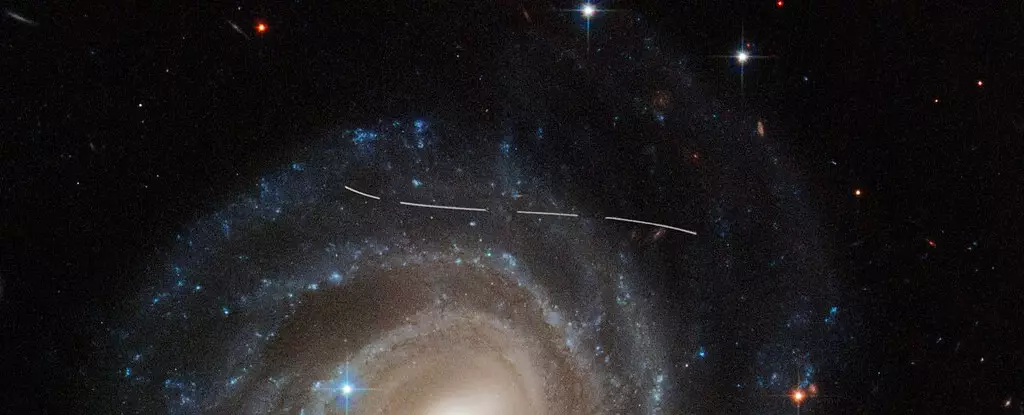The Hubble Space Telescope, launched in 1990, has been a beacon of incredible astronomical discoveries for over thirty years. Beyond its intended purpose, it has continued to surprise scientists and researchers with accidental findings that shed light on our universe’s mysteries.
Recently, an international team of citizen scientists collaborated with astronomers from the European Space Agency (ESA), using machine learning algorithms to analyze Hubble’s archival data. This innovative method led to the identification of a new sample of over one thousand asteroids, opening up exciting possibilities for future research.
The success of this project represents a pioneering approach to finding objects in datasets dating back decades. Led by Pablo García-Martín from the Department of Theoretical Physics at the Autonomous University of Madrid (UAM), the team’s findings were published in the journal Astronomy & Astrophysics, showcasing the power of collaboration and cutting-edge technology in advancing scientific knowledge.
Asteroids, remnants from the formation of the Solar System billions of years ago, come in various shapes and sizes, from pebbles to planetoids. Observing and studying these objects is challenging due to their faint nature and constant motion. However, with Hubble’s unique viewpoint and ability to capture detailed images, scientists can track and analyze these elusive asteroids with unprecedented precision.
By studying the newly identified asteroids, astronomers can gain insights into the formation and evolution of the Main Asteroid Belt. This research contributes to ongoing debates about the origins of these celestial bodies, providing valuable data to test existing theories and refine our understanding of the Solar System’s history.
The success of the Hubble Asteroid Hunter project highlights the power of citizen science in astronomy. With over 11,000 volunteers participating in the analysis of archival Hubble data, the project leveraged the collective efforts of individuals worldwide to make significant discoveries. This collaborative approach not only accelerates scientific research but also engages the public in the excitement of space exploration.
The innovative methods developed by the Hubble Asteroid Hunter project can be applied to other astronomical datasets, such as those gathered by NASA’s Spitzer Space Telescope and the upcoming James Webb Space Telescope (JWST). By employing machine learning algorithms and involving citizen scientists in data analysis, astronomers can unlock new insights into our universe’s mysteries and expand our knowledge of cosmic phenomena.
The unexpected discovery of over one thousand asteroids in Hubble’s archival data serves as a testament to the telescope’s enduring legacy and the power of collaboration in scientific research. By harnessing the collective expertise of astronomers, citizen scientists, and cutting-edge technology, we continue to push the boundaries of our understanding of the cosmos, paving the way for future discoveries and advancements in astrophysics.


Leave a Reply